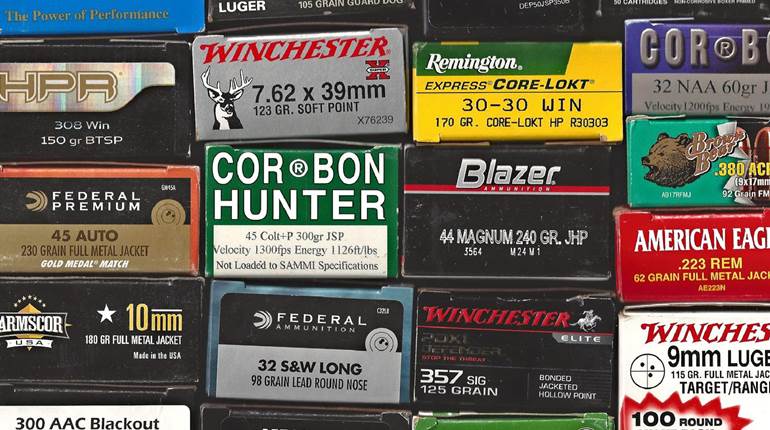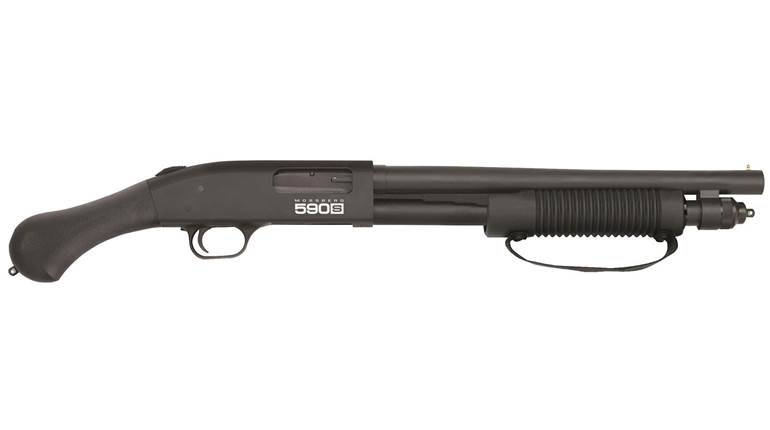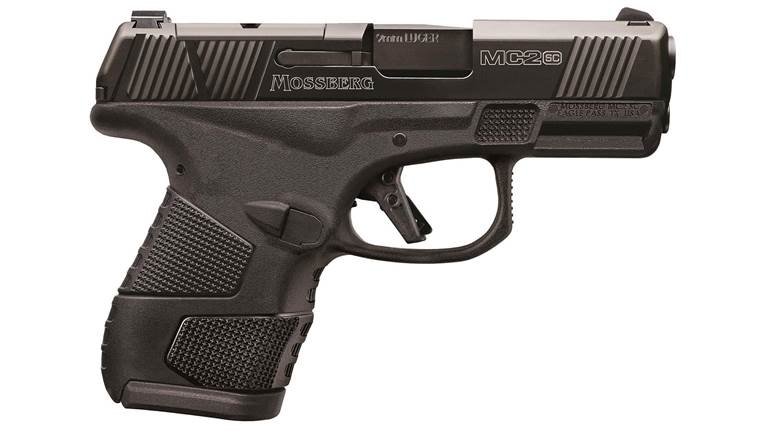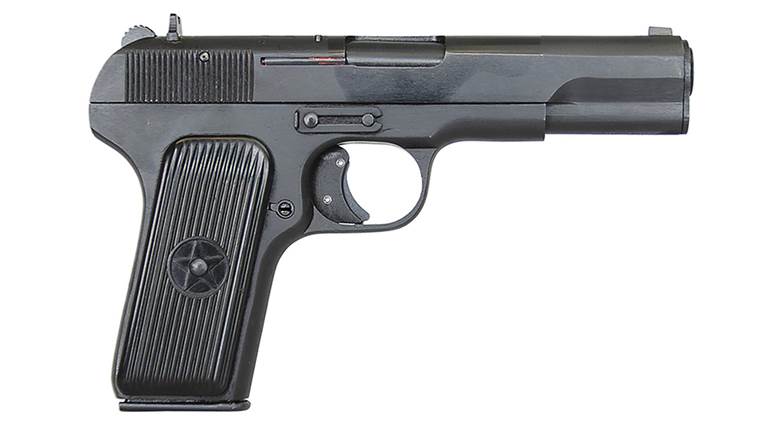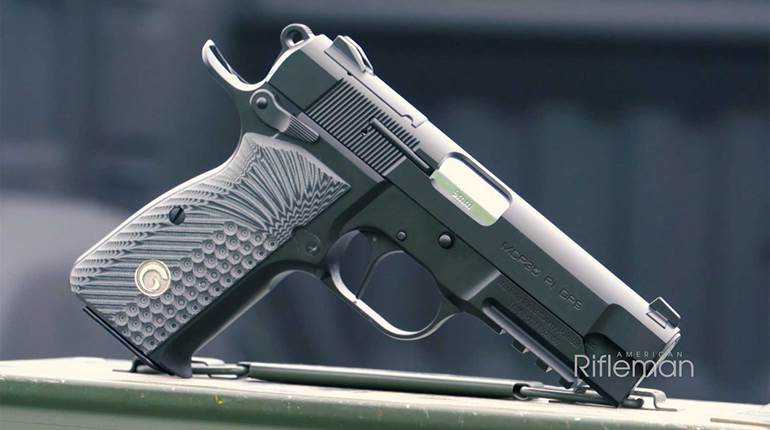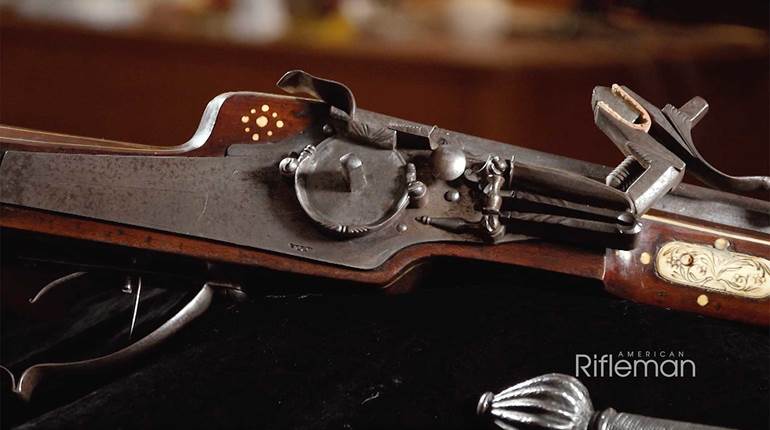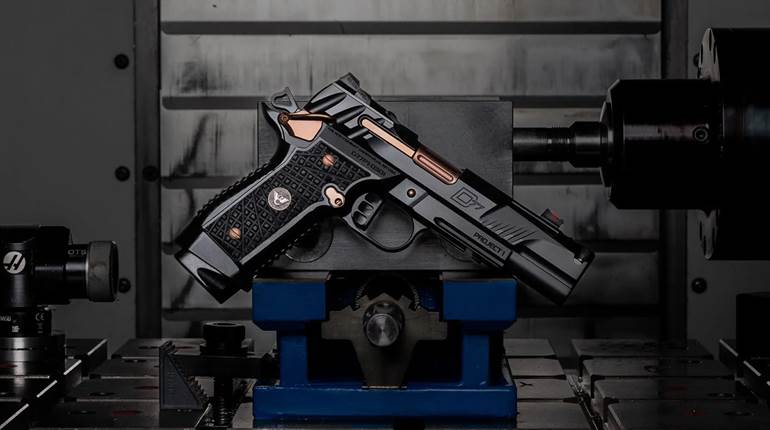
Just as other public activities, such as working out at a gym or dining at a nice restaurant, are attended with their own sets of social rules and acceptable behavior, visitors to gun shops should be aware of proper in-store etiquette in order to ensure that all parties involved have a positive shopping experience. Here are a few things to keep in mind:
1. Case Guns for Transport
If you have a rifle or handgun to take to a gun shop for repair, to sell, trade or to shoot at the indoor range, placing it in a gun case has several benefits. In many states, a gun must be placed inside a locked case, without any ammunition and outside the immediate reach of the driver (in the trunk) in order to meet local regulations for legal transport of a firearm. The use of a case also signals the gun store staff that you are there to conduct friendly business. If you don't have a case, then wrap the gun in a blanket to cover and protect it (if it's legal to do so).
The important thing to remember is that many gun shops share commercial space with other store fronts and companies, and someone seen striding purposefully across a strip mall parking lot with a pistol or rifle in his or her hands could be construed as a threat, which in turn could lead to a swift and inconvenient introduction to local law enforcement officials.
2. Verify Guns Are Completely Unloaded Before Closing the Case
This is a good habit I learned from a seasoned gun geek with whom I worked. When he needs to transport a firearm, he opens the gun case, places the gun on the open case, goes through all of the steps to verify the gun is completely unloaded, and then immediately closes the case and locks it up. When he reaches his destination, he verifies the state of the chamber again. “Check it in, check it out,” he would say. His routine was identical at work when guns were moved in and out of the gun safe and the glass-top display case. His reasoning is simple: If he always checks coming and going then he never has to guess as to the state of the gun's chamber. 
I remember a day when this co-worker was explaining his safety routine to a customer who brought a gun in to be serviced. The customer said all of that extra checking seemed a little paranoid to him. Those of us standing behind the counter smiled knowingly as we pointed, not for the first time, to the neat little 9 mm hole in the ceiling above the south end of the counter. That particular puncture had been noisily produced by another customer's "unloaded" gun as he was demonstrating how “unloaded” it was.
3. Follow the Staff’s Lead
Although the principles of proper gun safety are universal, each shop is likely to have its own set of best practices for implementing them. Although the smaller mom-and-pop operations can be fairly casual about moving customers’ guns in and out of the facility, the large sporting goods chains tend have a more formal approach. Customers bringing a firearm in for service at some retailers are expected to stop and talk to a greeter who places a sticker on the gun case and calls for a floor manager to walk the individual and their gun back to the shooting department. Some shops will insist that a member of their team uncase a customer's gun for inspection while others will ask the customer to demonstrate an empty chamber. When it's time to go, customers are supposed to wait for the floor manger to escort them out of the building.
If you want to be welcomed back to the store in the future, don't fight the system. Some in-house practices may seem a little silly but the store owners are the ones who have to deal with the legal and financial fallout if an accident or crime occurs on their property.
4. Don't Muzzle the Customers
When you've bellied up to the counter and have been handed a shiny new gun to look at, the first instinct after looking it over will be to take a shooting stance and point it. Please, do not aim it directly between the eyes of the nice fellow who pulled it off the rack. The gal standing a few steps down the row isn't terribly interested in staring down the muzzle of that blunderbuss either. Doing an about face and pointing the gun through the big plate glass windows at the children’s clothing store across the street is likely to make the neighbors nervous.
When handed a gun at a gun counter, the wall behind the counter is usually the best option as designated safe direction (i.e. down range) for pointing the gun unless you are instructed to do otherwise. Aim the gun to the left or the right of the staff member at an object above or behind them. Pointing politely is always appreciated.
5. Handle the Inventory with Respect
This is the golden rule of gun store etiquette: Treat every gun you touch like an expensive object that belongs to someone else because, until you buy it, that's exactly what it is.
What folks often don't understand is how small the profit margin is when it comes to stocking and selling firearms from a brick and mortar location. When I worked at a big sporting goods store I learned that some items, like athletic shoes and ski parkas, sold at a 70 percent mark-up with door-buster sale prices bringing the profit to around 40 percent.
The firearms, however, were selling at somewhere between an 8 percent to 15 percent mark-up. That meant a new pistol priced at $600 was only bringing in around $50 to $90 worth of cash flow, which in turn was used to help pay for the FFL, shipping costs and keeping the lights on. A careless scratch here or a ding in the stock there forced price reductions that put us in the hole.
It shouldn't be much of a surprise that gun shop proprietors appreciate those customers who treat their inventory with respect. It's natural for customers to want to test the controls of a gun when they're holding it, but how much manipulation is acceptable? The most congenial way to find out is to ask permission before running a bench check. Is it okay if I rack the slide? Can I try the trigger? If the answer is yes, then proceed within reason. Work the slide a bit, click the trigger a few times, drop the magazine and then be done. If the answer is no, please don't perform any manipulations with that firearm, respect the staff's wishes. It's their shop so be a good sport and play by their rules.












